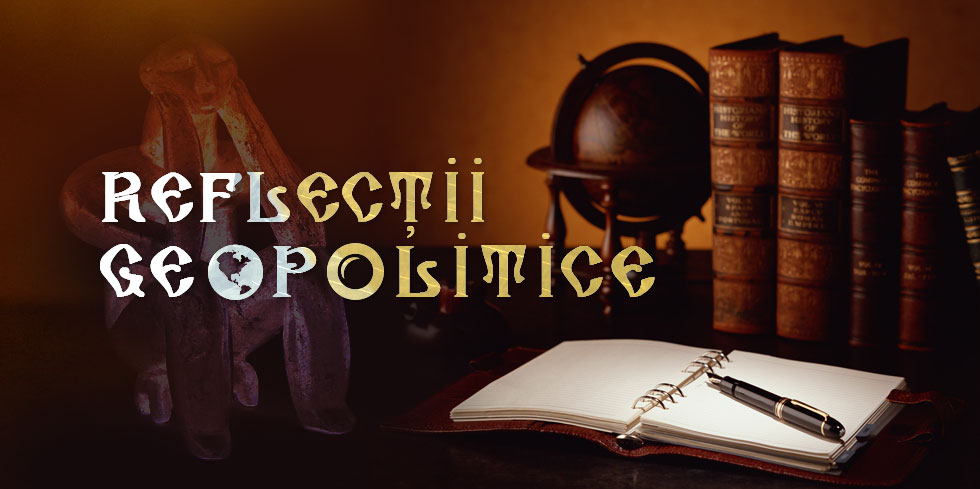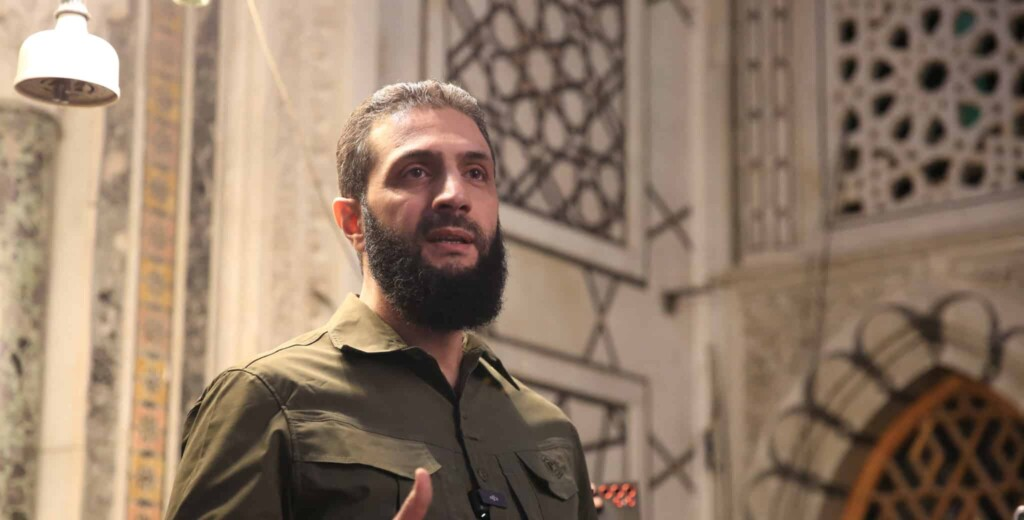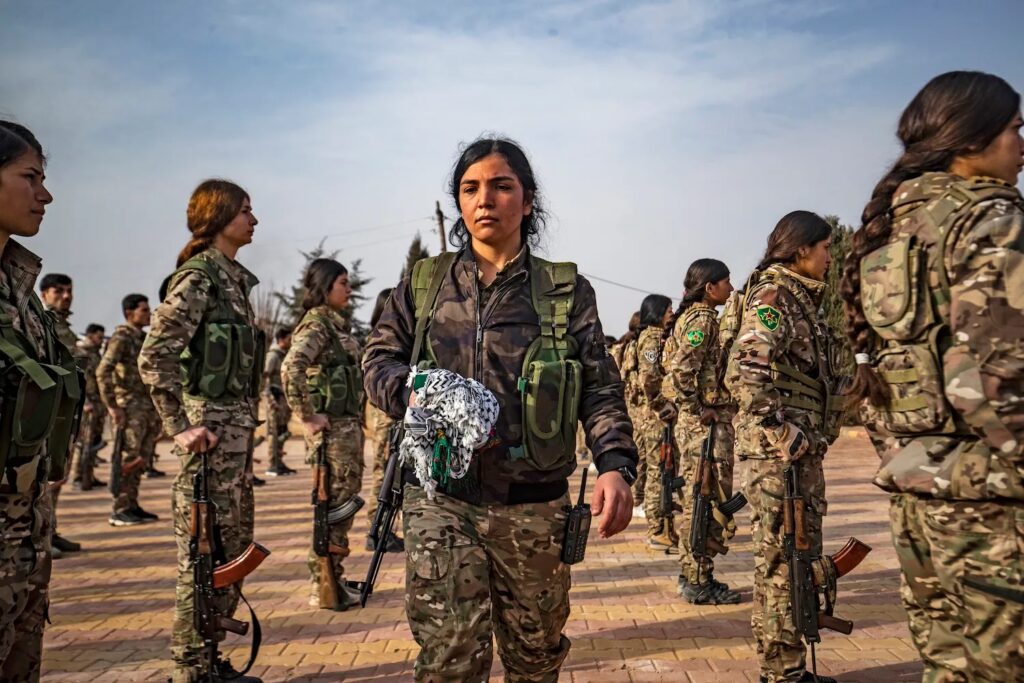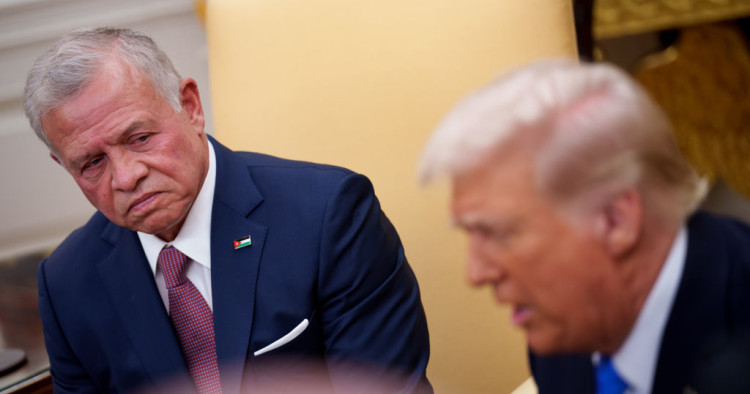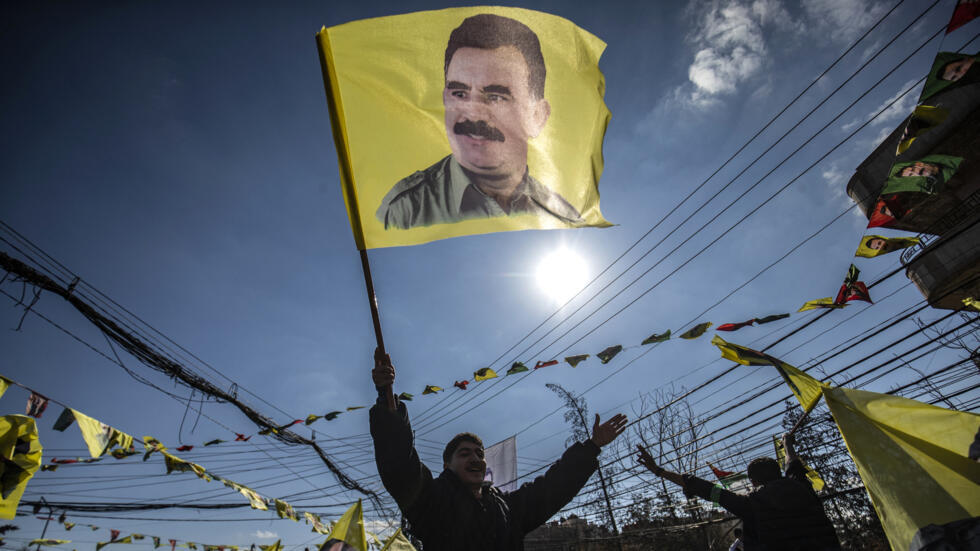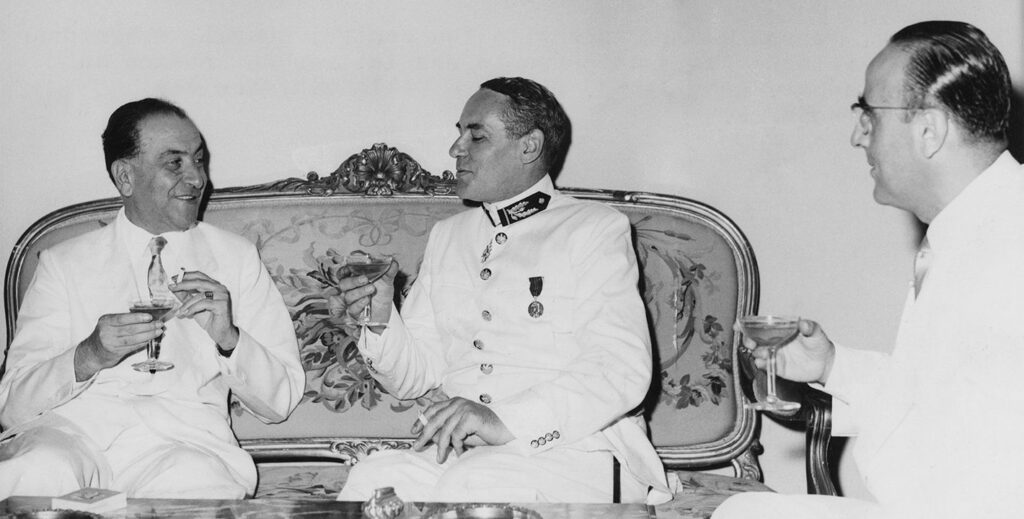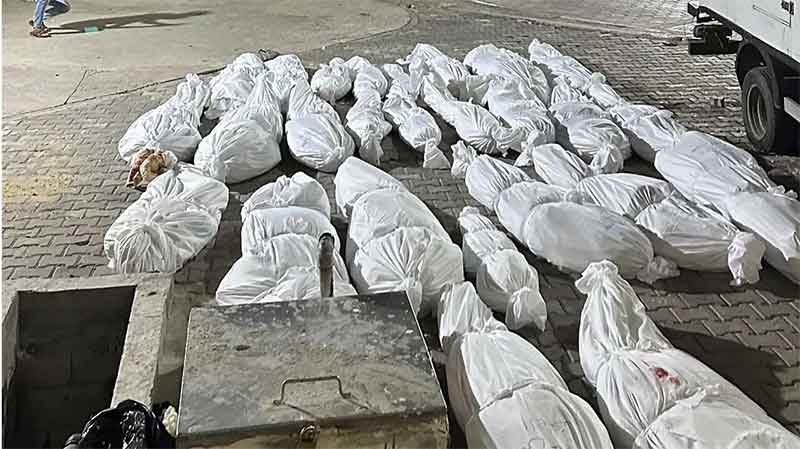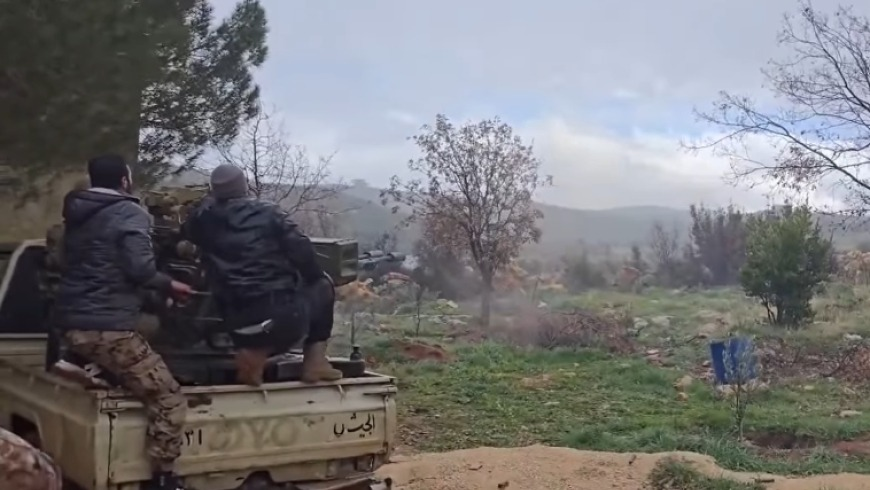Turkey as a Center for Hamas Activity
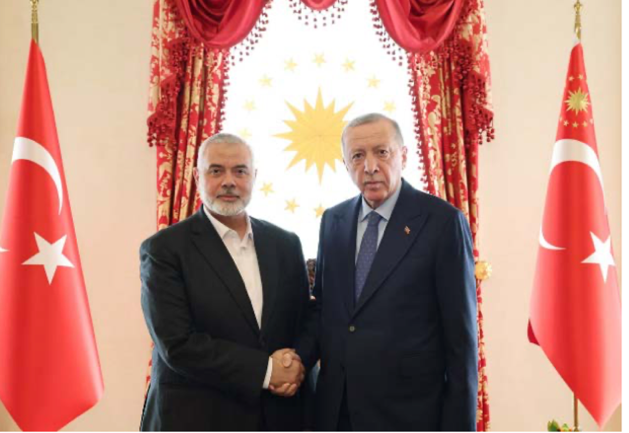
- Turkey, under the leadership of President Recep Tayyip Erdoğan, is one of Hamas’ most important strategic allies, especially since the violent events of the Mavi Marmara flotilla in 2010. Turkey hosts senior Hamas figures, some of whom have received Turkish citizenship, and provides political, diplomatic and propaganda support, as well as economic and humanitarian assistance.
- Hamas has established one of its most important overseas centers in Turkey, primarily operated by prisoners released in the Gilad Shalit exchange deal of 2011. It uses Turkey to plan terrorist attacks and transfer funds to finance terrorist activities inside Israel, in Judea, Samaria and the Gaza Strip, and to raise and launder money in support of its terrorist operations, including the October 7, 2023, attack and massacre.
- The close relationship between Turkey and Hamas was manifested during the Gaza Strip War, when Turkey did not condemn Hamas but sharply criticized Israel, often using antisemitic themes. Throughout the fighting, political coordination continued between Erdoğan, senior Turkish officials and the Hamas leadership, including regarding negotiations with Israel and humanitarian assistance. Turkey also received Palestinian prisoners who were released from Israeli prisons and deported.
- Hamas documents seized by IDF forces in the Gaza Strip during the Gaza Strip War showed the relationship between Hamas and Turkey, including how Hamas used Turkey for terrorist activities against Israel. One document provided the Hamas plan to establish a branch in Turkey to coordinate operations against Israel abroad, including the assassination of military personnel and attacks on Israeli vessels.
- In ITIC assessment, given the Hamas operational infrastructure in Turkey, its deep involvement in terrorism and Turkey’s hostility toward Israel, Hamas will seek to strengthen and expand its ties with Turkey. The deportation of terrorists, particularly senior terrorists from Israel, to Turkey in particular, is likely to reinforce the Hamas operational base in Turkey and facilitate the rebuilding of its military wing and the return of released prisoners to terrorist activities. A Turkish aegis would strengthen the “external” Hamas leadership and increase Hamas terrorist activity outside Israel. Given Turkey’s location and its strained relations with Israel, Israeli security forces would face significant challenges in effectively countering Hamas infrastructure and activities in Turkey.
